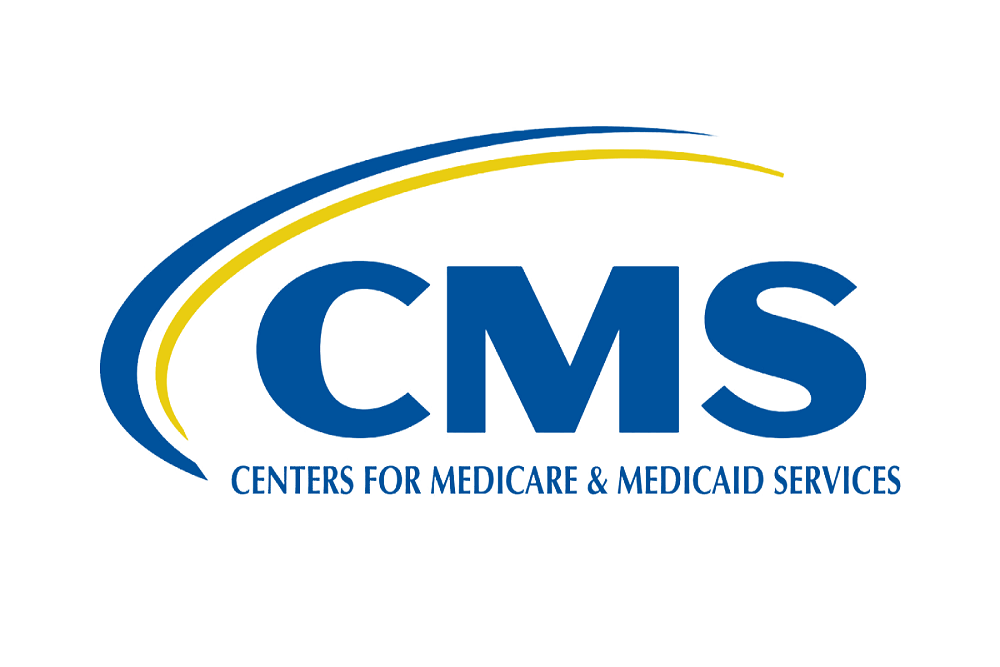On Friday the Centers for Medicare and Medicaid Services (CMS) issued a Final Rule that included confirmation of a number of big changes to Medicare Advantage and Part D Star Ratings that were proposed back in February. These changes will have a big impact on Star Ratings engagement strategies. Among other updates codifying existing policy and contracting rules for Medicare, CMS is going forward with tweaks to the quality measurement system that can dramatically impact plan ratings and performance. CMS is estimating that these changes alone will result in a reduction in $3.65 billion in federal spending in the next decade by tightening Star Rating methodology. But beyond the immediate financial impact, the rule means plans will need to ensure they have a competitive engagement strategy around Member Experience and invest in building relationships with their members now.
So what is changing in Star Ratings for Part C and D?
1. Patient experience and complaint measures will be quadruple-weighted.
This change means that measures from CAHPS and the rest of the category will now be the most influential part of overall and summary measure calculations. Measures like Getting Needed Care will now impact an MA-PD plan more than the Medication Adherence or Outcome measures – their triple-weighting no longer the highest among the non-Improvement measures. The jump from the current 2x weighting to 4x will mean that member responses to CAHPS questions about access and satisfaction will be major determining factors in plans’ overall ratings for the 2021 measurement year.
2. CMS is moving to reduce the impact of outliers on Star Rating cut points.
By using a process called Tukey outlier deletion, CMS will remove plans with measures that are statistically outlying from the calculations that determine rating cut points. This means that plans that are doing abnormally well or poorly on a measure will not exert extra influence upward or downward on the “curve” that determines the rating for all plans. This is where CMS projects to reduce spending. The most likely effect of outlier deletion will be to remove lower-performing plans and increase cut points – which will likely reduce the number of plans receiving higher overall ratings and the bonus payments that come with them. CMS is delaying implementation until the 2022 measurement year due to the COVID-19 outbreak, giving plans some additional time to assess the impact and prepare.
What does this mean for Medicare member engagement?
mPulse Mobile partners with Medicare plans that cover over 56% of all MA lives and our technology powers conversations with millions of members every month. Here’s what we are seeing and hearing about the changes to Star Ratings:
Engagement strategies must center around CAHPS, not just include it.
Most engagement strategies that seek to improve Star Ratings tend to focus on outcome and process measures, where specific member actions are vital to success. Engaging members about refilling prescriptions, completing important screenings, and managing chronic conditions to impact HEDIS and Medication Adherence-based measures has been the primary approach for many plans for years. Plans now must think beyond the action-based use cases and think about engagement as a core part of relationship-building with their members. CAHPS-specific solutions, such as off-cycle surveys or conversational follow-ups after provider visits are moving to the forefront in our customers’ strategies. Simply asking members about their experiences at scale can both provide powerful insights and opportunities to connect members to more resources and help. Plans are using automated conversations and data analytics to measure sentiment and intent of member responses to text messages to find “hotspot” geographic areas and “hot topics” where negative (or positive) sentiment is clustering. We are also seeing more customers use Conversational AI and our browser-based Engagement Console to enhance existing member services team efforts to provide concierge-level help to members, as plan navigation becomes more important to boosting member experience.
But plans cannot ignore the unchanged measures.
Medication Adherence and HEDIS are still going to have a major impact on overall ratings. So as plans correctly look to focus more resources and effort on Experience and Complaints measures, they also need to find ways of achieving or maintaining high ratings in those areas efficiently and at scale. For our customers, that has meant using Conversational AI-enabled outreach to deliver automated prescription refill dialogues or start tailored conversations designed to help close gaps-in-care. And since these are really conversations – with members welcomed to respond back – we can actually hear about barriers, difficulties, and frustrations members may experience in completing those actions. That data is invaluable in helping shape and refine a CAHPS strategy. Because an experience-centric strategy makes every member touchpoint – even a refill reminder – an opportunity to learn from and connect with the population.
One thing does not change: Stars continue to drive the engagement strategy.
The outlier deletion process will have a wide impact. For engagement, it means that Stars will become even more competitive, and deploying solutions that make a real impact will move from being a goal for most MA plans to an absolute necessity. Outreach that can reach people at scale and still provide a personal, conversational experience will be crucial, as will finding ways to reach members who aren’t engaging with existing channels. mPulse is seeing plans get on the front foot: proactively starting conversations with their members about their benefits and health at massive scale. And with the COVID-19 crisis, these plans are finding members especially eager to learn about their healthcare and how their plan can help them. Building that relationship now will help these plans down the road, when they need to activate members to close a care gap, or when a member who received a tailored and helpful text message receives a CAHPS survey months later.


